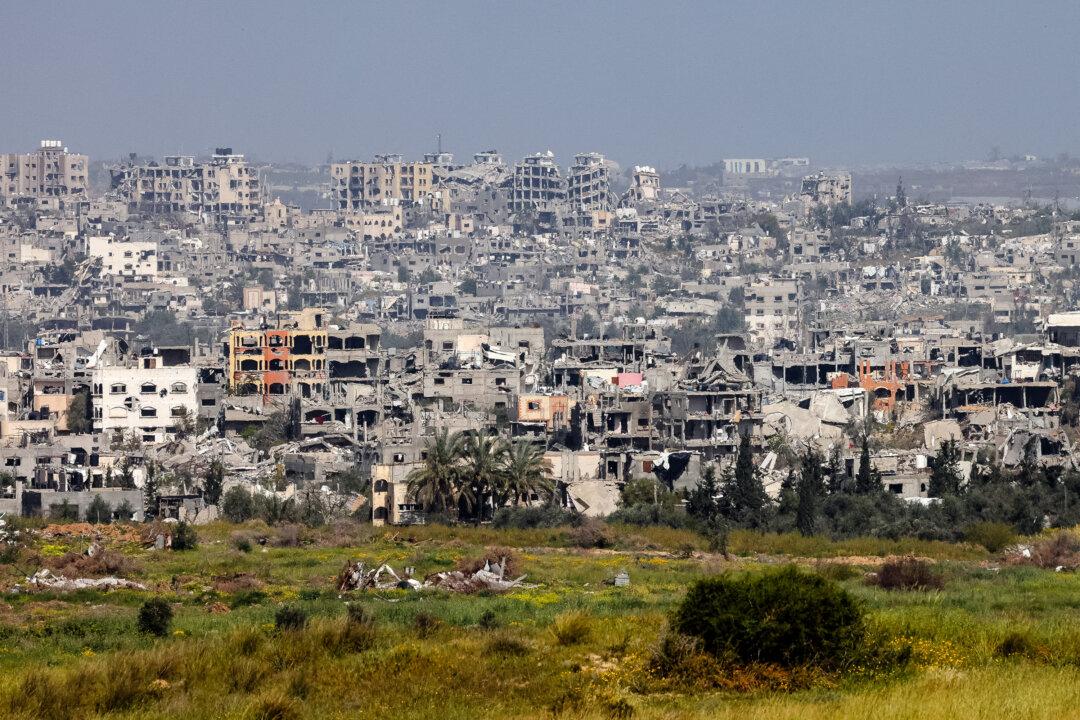Commentary
“Against all odds, Ukrainians are winning,” The Washington Post told us in March, less than one month after the Russian invasion. Ukraine has continued to win, week after week, month after month, the Western press has since relentlessly reported. A Google search of “Ukraine is winning” turns up 168,000 results, most of them confirming Ukraine’s success. This week was no different: “Ukraine is ‘winning’ against Russian army,” stated Sky News Australia.
Here’s what winning looks like.
According to the International Monetary Fund, Ukraine’s GDP will shrink by 35 percent in 2022.
According to the National Bank of Ukraine, inflation will exceed 30 percent. With Ukraine paying for its war effort by printing money, its inflation is expected to continue to increase.
According to the World Bank, poverty in Ukraine has increased 10-fold since the start of the war, and could increase to 25-fold by the end of year.
According to Ukraine’s economy minister, unemployment could reach 30 percent this year. In some industries, states the European Business Association, wages have been cut by 50 percent. According to Ukrainian Prime Minister Denis Shmigal, Ukraine is so broke that without urgent relief from the West, the country could end up “not paying wages and not paying pensions.”

Volunteers work together to sort through donations bound for Ukrainian refugee centers in Poland, in London, on March 2, 2022. Leon Neal/Getty Images
According to the United Nations’ International Organization for Migration, around 20 percent of Ukraine’s population has fled the country. Another 33 percent has been internally displaced, says the U.N. Refugee Agency. Since Russia has changed its policy toward bombarding Ukraine’s major cities, these numbers are expected to grow. Russia, through its recent referenda, has claimed about 15 percent of Ukraine’s land mass.
According to Ukraine’s energy ministry, Ukraine needs to impose rolling four-hour blackouts over much of its population to prevent a total collapse of its power grid, 40 percent of which has been “seriously damaged” by recent Russian strikes. According to The Guardian, “The deputy head of Kyiv’s city administration, Petro Panteleev, warned Russian strikes could leave Ukraine’s capital without power and heat for ‘several days or weeks.’”
To complement its good-news reports of Ukraine winning, the media cheerfully reports that Russia is losing.
“Russia on the Run,” announced Project Syndicate. “Don’t let Putin bluff us. Russia is losing,” says The Washington Post. “Why Russia Is Losing Steam and Ukraine Is Gaining Ground,” says The New York Times.
Here’s what losing looks like.
According to Reuters, “the rouble is the world’s best-performing currency this year,” despite President Joe Biden’s claims in March, shortly after Russia invaded Ukraine, that “as a result of our unprecedented sanctions, the ruble was almost immediately reduced to rubble,“ and ”the Russian economy is on track to be cut in half.”
According to The Guardian, sanctions against Russia backfired and Putin is stronger than ever, with Russia the chief beneficiary as its energy exports to Asia have soared.

A combine harvests wheat in a field near the village of Suvorovskaya in Stavropol region, Russia, on July 17, 2021. Eduard Korniyenko/Reuters
According to Russia’s Ministry of Agriculture, the country’s grain harvest this year could exceed 150 million tons, smashing its previous high of 135 million tons in 2017. Over the past two decades, Russia’s share of the global wheat market has quadrupled, making it the world’s largest grain exporter, a position agricultural markets expect it to maintain.
According to The Economist, “While Europe teeters on the brink of recession, Russia is emerging from one.”
According to Goldman Sachs’s “current-activity indicator,” which tracks economies on a month-to-month basis, Russian activity is livelier than in other large European countries.
According to Chatham House, it’s a myth that Russian military spending is unsustainable, dashing hopes among many in the West who have predicted that Russia got in over its head by invading Ukraine. Russia has historically maintained its military spending even during times of hardship, and on Oct. 24, it announced a multifold increase in its output of tanks, high-precision missiles, drones, and artillery pieces.
With press reports showing Ukraine winning so decisively, the West is maintaining its winning formula, confident that the sacrifices it’s making—sky-high inflation and a Europe expecting to freeze in the dark this winter—are well worth it. The eight previous rounds of sanctions have worked so well that now a ninth round is now being planned. Why change course when everything is going your way?
Views expressed in this article are opinions of the author and do not necessarily reflect the views of The Epoch Times.






